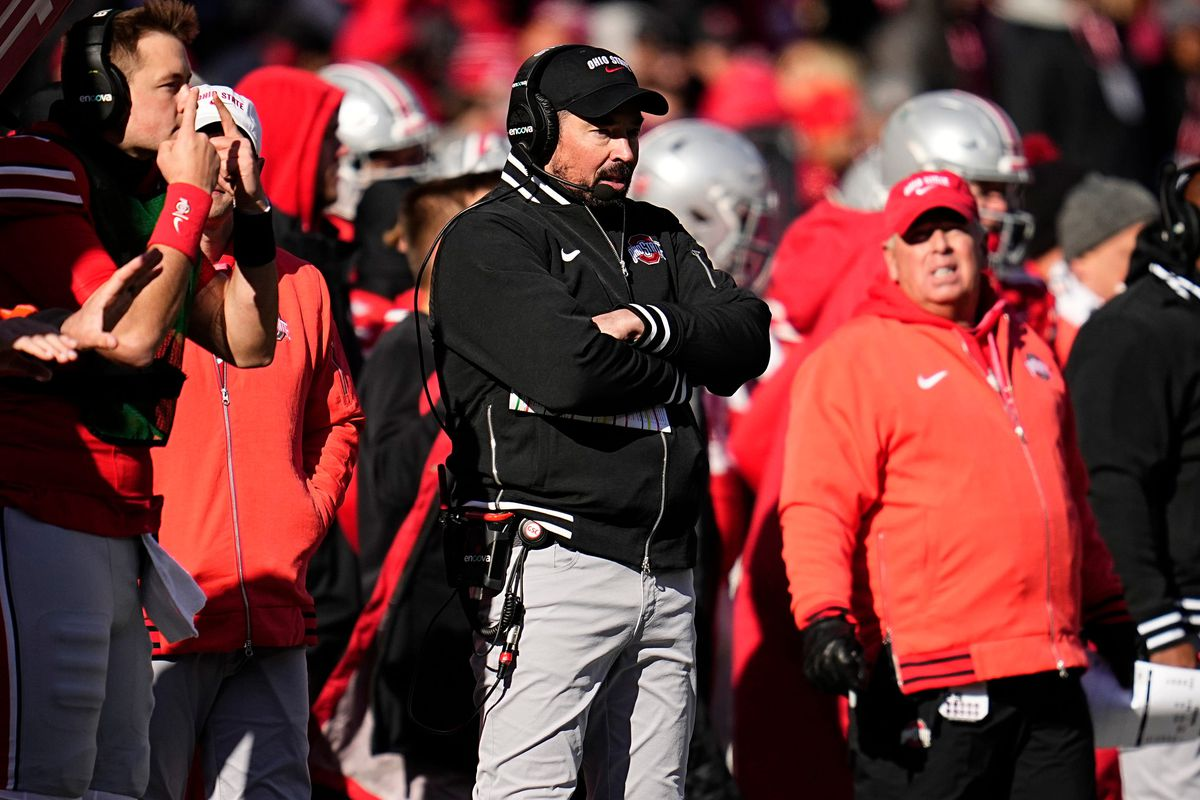Introduction
In recent weeks, the Ohio state coaching staff change has sparked widespread discussion among fans and sports analysts, generating diverse opinions regarding its potential impact on team performance and long-term strategy. This notable move has become a focal point in collegiate sports conversations, with supporters and critics alike weighing in on the implications for the program’s future.
The Significance of Recent Changes
In the fast-paced world of collegiate sports, shifts in leadership are often a turning point for teams seeking a new direction. This Ohio state coaching staff change signifies a pivotal shift in the leadership approach, reflecting a desire to embrace innovation while honoring longstanding traditions. The decision was the result of extensive evaluations, strategy meetings, and careful deliberations by key stakeholders who believe that a refreshed perspective is essential for future success. Such changes are emblematic of broader trends in college athletics, where institutions are increasingly willing to take bold steps to secure a competitive edge on the field.
Background and Context
Historically, the composition of a coaching staff has played a critical role in shaping the performance and morale of collegiate teams. The recent alteration in the coaching roster was not an impulsive decision but rather the culmination of years of reflection on past performances, recruitment challenges, and evolving game strategies. Administrators, former players, and external experts were consulted to assess the needs of the program, ensuring that the changes would address both immediate performance issues and long-term developmental goals. Over time, similar leadership transitions have proven to be catalysts for rapid improvement, encouraging teams to adopt innovative training methods and modern tactical approaches. In this light, the current decision stands as a well-considered response to the demands of modern collegiate sports.
Impact on the Team
The practical implications of the Ohio state coaching staff change are already a subject of intense speculation. Many supporters are eager to observe how the new strategies will unfold, particularly because the team’s direction has been realigned under the banner of Ohio state coaching staff change. The incoming coaching personnel bring with them a reputation for strategic innovation and a track record of revitalizing programs facing similar challenges. Athletes, who typically rely on their coaches for both technical guidance and motivational support, are expected to adapt to the new methodologies that promise to redefine their training routines and game-day preparations. With this change occurring at a critical juncture in the season, the team is poised for a period of transition that could potentially unlock new levels of performance and team cohesion.
Insights on Ohio state coaching staff change
The ripple effects of the recent decision have extended beyond the confines of the athletic department. The local community and alumni have expressed mixed emotions regarding the Ohio state coaching staff change. Social media platforms and fan forums have become active spaces for debate, with some lauding the move as a necessary evolution, while others caution against the risks of disrupting an established system. Many fans see the change as a breath of fresh air—an opportunity to witness a reinvigorated approach to team management that prioritizes dynamic leadership and strategic planning. Conversely, some long-time supporters are concerned about the short-term instability that often accompanies significant organizational changes. Despite the differing viewpoints, the discussion underscores a shared commitment to the program’s ultimate success and highlights the inherent challenges of navigating transformative shifts in leadership.
Expert Analysis
Seasoned analysts have weighed in on the decision, noting that strategic leadership changes can be instrumental in reversing underperformance. Seasoned experts believe that the decision for an Ohio state coaching staff change was backed by thorough research and performance evaluations. These evaluations considered various factors, from on-field statistics to broader organizational culture, ultimately concluding that a fresh set of eyes and innovative tactics were needed. Experts point out that while the immediate aftermath of such a change may involve an adjustment period, the long-term benefits could be substantial. By integrating new ideas and approaches, the program aims to enhance not only tactical execution but also overall team morale. The analytical consensus suggests that, if managed correctly, this strategic pivot could lead to sustainable improvements in both game strategy and player development.
Future Prospects
Looking ahead, there is a palpable sense of optimism among stakeholders who see the coaching staff transformation as a catalyst for future achievements. The administration’s decision aligns with a broader strategy to invest in long-term success by refreshing leadership and embracing modern training techniques. Looking ahead, many are optimistic that the Ohio state coaching staff change will yield positive results on and off the field. This forward-thinking approach is indicative of a willingness to take calculated risks in the pursuit of excellence. With innovative methodologies expected to be introduced, the program is well-positioned to explore new avenues in player recruitment, game preparation, and tactical execution. As the season unfolds, the true impact of the coaching change will likely emerge, providing critical insights into how strategic shifts can redefine team dynamics in a competitive sporting landscape.
Strategic Shifts and New Opportunities
Beyond addressing immediate performance concerns, the new leadership is tasked with reimagining the strategic framework of the program. The decision for Ohio state coaching staff change reflects a growing trend among collegiate sports programs, where dynamic leadership is recognized as a key factor in long-term success. The new coaching team is expected to implement a series of targeted initiatives designed to enhance player development, improve defensive and offensive tactics, and foster a culture of accountability and innovation. These initiatives include revamped training programs, data-driven game analysis, and a renewed focus on mentorship. By embracing such measures, the program not only aims to improve its competitive performance but also to build a legacy that will inspire future generations of athletes.
Long-Term Impact
The potential long-term impact of this leadership transition is a subject of keen interest among analysts and fans alike. Beyond the immediate boost in team morale and tactical adjustments, the implications of the Ohio state coaching staff change could extend well into the future. Changes of this nature often serve as a turning point in establishing a new organizational culture, one that emphasizes continuous improvement and strategic flexibility. The anticipated benefits include enhanced recruitment efforts, more effective training regimens, and the integration of advanced technologies in player development. As the program embarks on this transformative journey, the broader collegiate sports community is watching closely, eager to see how these changes will influence not only game outcomes but also the overall trajectory of the team’s legacy.
Conclusion
As the season progresses and the dust begins to settle, it is clear that leadership transitions have the power to redefine expectations and reshape a program’s future. In conclusion, the future of the team appears to be closely linked to the new strategies and vision introduced through this significant transformation. Ultimately, the Ohio state coaching staff change may redefine the expectations of both the team and its supporters. While the implications of Ohio state coaching staff change are still unfolding, one thing remains clear: the commitment to excellence and evolution within the program is unwavering. This decisive move is a testament to the belief that bold actions are sometimes necessary to ignite progress and secure long-term success. As fans, alumni, and experts continue to follow the team’s journey, this period of transformation is likely to be remembered as a turning point—a moment when a forward-thinking strategy set the stage for a new era in collegiate sports.

